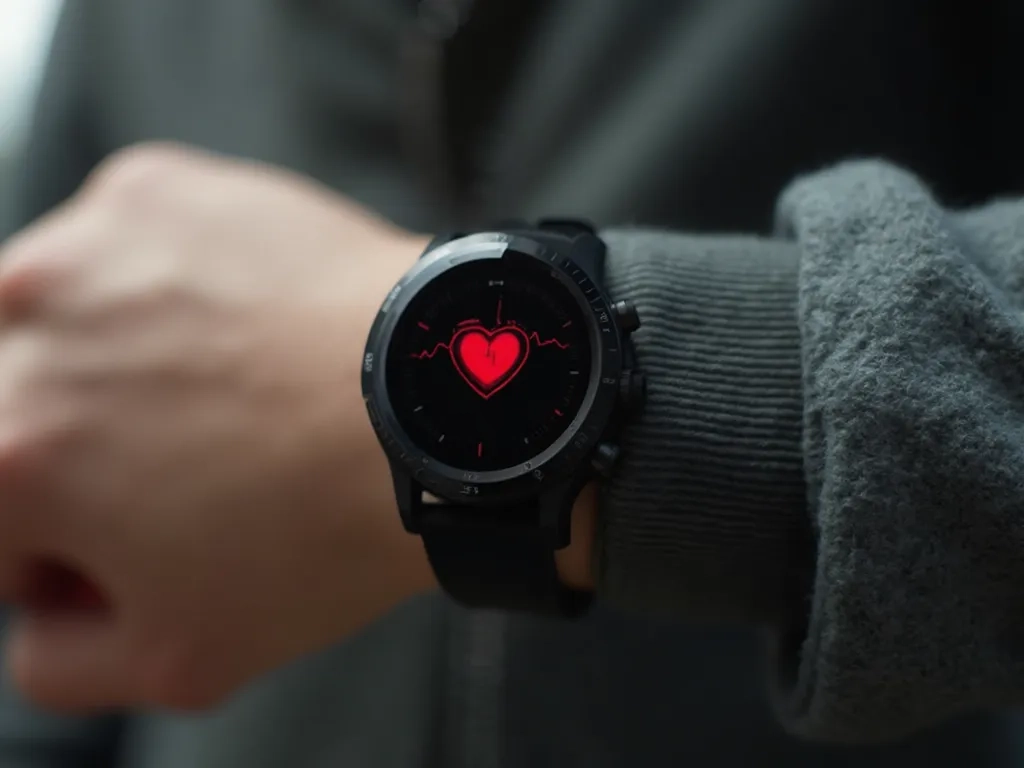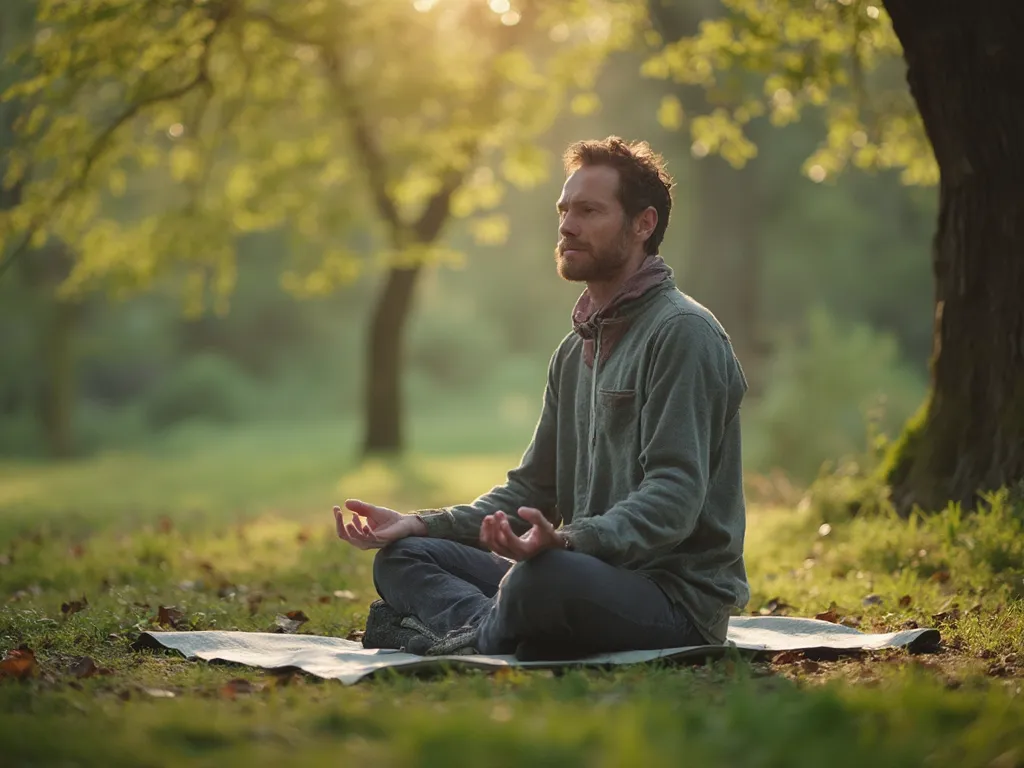Anxiety in men is often overlooked, misunderstood, or even dismissed due to societal expectations. Many men feel pressure to appear “strong” and may ignore or downplay their mental health challenges. However, anxiety is not something anyone should feel obligated to “tough out.” It has real physical symptoms that impact daily life, often surfacing when stress levels climb or during unexpected triggers. Recognizing the signs and understanding that these symptoms are both common and treatable is the first step toward overcoming them.
Here are the top anxiety symptoms in men to watch for, along with practical advice for managing and responding to them.
1. Racing Heart and Chest Tightness
One of the first signs of anxiety for many men is a racing heart. During moments of heightened anxiety, adrenaline surges through the body, causing the heart to beat faster than normal. This feeling can come on suddenly and feel overwhelming. I’ve found that this rapid heartbeat can sometimes feel like it’s vibrating right through the chest, especially during stressful moments or crowded situations.
If you’re noticing your heart racing, try to take a mental note. Sometimes, something as simple as tracking your heart rate on a smartwatch can help you monitor these moments. Understanding these patterns can help you recognize when anxiety might be the root cause rather than a physical health issue. Remember, feeling a racing heart isn’t a weakness or something to brush off—it’s a signal from your body that it’s time to slow down and address what’s going on.

2. Excessive Sweating
Sudden, excessive sweating, particularly on the palms and face, is another hallmark sign of anxiety. This symptom often goes hand-in-hand with a racing heart and can feel similar to sweating after a workout. Many men associate sweating with physical exertion, but it can be an indicator that anxiety is building up, especially if it happens out of the blue or in stressful situations.
If you find yourself sweating profusely without an obvious cause, consider it a sign that you may be entering an anxious state. It’s easy to feel embarrassed about this, but remember—it’s a common physical response to anxiety. A quick way to manage this is by focusing on your breathing. Slow, deep breaths can help reduce both heart rate and sweating, signaling to your brain that it’s okay to calm down.
3. Muscle Tension and Physical Stiffness
Anxiety triggers the body’s fight-or-flight response, which often leads to muscle tension, as if you’re preparing for physical action. Men may notice that their muscles become tight, especially in the neck, shoulders, and back. This can feel like you’ve just finished an intense workout, with muscles staying sore and tense even after the anxious moment has passed.
Muscle tension can be exhausting and, if persistent, can make everyday activities uncomfortable. A practical tip for managing this is to incorporate simple relaxation techniques, like stretching or progressive muscle relaxation exercises, into your routine. Being mindful of how and when muscle tension occurs can help you get ahead of the feeling, giving you control over your physical response to anxiety.
4. Restlessness, Irritability, and Agitation
Increased restlessness and irritability are common in men with anxiety, often driven by a rush of adrenaline and testosterone. For men, this symptom may come out as a quick temper, short patience, or the urge to constantly move. I’ve seen how restlessness and irritability can catch men off guard, especially in situations that shouldn’t feel stressful, like standing in line or sitting through a meeting.
If you find yourself snapping at others or unable to stay calm in situations that don’t normally bother you, consider it a sign that anxiety might be at play. Techniques like deep breathing, taking short breaks, or using mindfulness exercises can be surprisingly effective in calming these feelings of restlessness. Practicing these strategies consistently can build a habit of responding calmly rather than reacting abruptly.
5. Dizziness and Lightheadedness
Dizziness and vertigo are symptoms that many don’t immediately associate with anxiety, but they are quite common. During an anxious moment, the brain is processing a flood of signals, including increased blood flow and adrenaline. This can lead to feelings of lightheadedness, making you feel off-balance or even disoriented.
This dizziness may feel sudden and unsettling, like you’re caught off guard. Staying hydrated, practicing controlled breathing, and taking a moment to ground yourself—such as sitting down and focusing on a fixed point in the room—can all help manage these feelings. Recognizing that dizziness is a temporary effect of anxiety can also prevent it from becoming a source of additional worry.
Why Men Shouldn’t Ignore These Symptoms
Many men feel they should be able to “handle” anxiety on their own, yet ignoring these signs often makes things worse. Anxiety is a physiological response, and its symptoms are real. When men suppress or ignore anxiety, they risk both their mental and physical well-being. Recognizing and validating these symptoms is crucial.
Practical Tips for Managing Anxiety
Understanding and managing anxiety requires a proactive approach. Here are a few practical strategies:
- Mindfulness and Meditation: Practicing mindfulness helps ground you in the present moment, reducing the spiral of anxious thoughts.
- Exercise: Physical activity can release tension and reduce the stress hormones that contribute to anxiety.
- Tracking Symptoms: Tools like a smartwatch or fitness app can help you monitor changes in heart rate or steps, offering clues about when anxiety spikes and potential triggers.
- Therapy: Cognitive Behavioral Therapy (CBT) and other counseling methods have proven highly effective in managing anxiety. Therapy offers tools to understand and cope with triggers rather than avoiding them.

Support for Men and Their Loved Ones
If you’re close to someone who experiences these symptoms, being a supportive presence can make a difference. Encourage open conversations without judgment, and reassure them that recognizing these symptoms doesn’t make them any less strong or capable. Men who feel accepted and understood are often more willing to seek help or adopt strategies that support their mental health.
Recognizing anxiety symptoms is the first step toward controlling them. By learning to identify and accept these signs, men can approach anxiety with confidence rather than shame. Anxiety doesn’t have to define or limit anyone’s life, and with the right strategies, it’s entirely possible to manage these symptoms and live fully. Remember: anxiety is treatable, and understanding the signs is the first step to reclaiming control.





